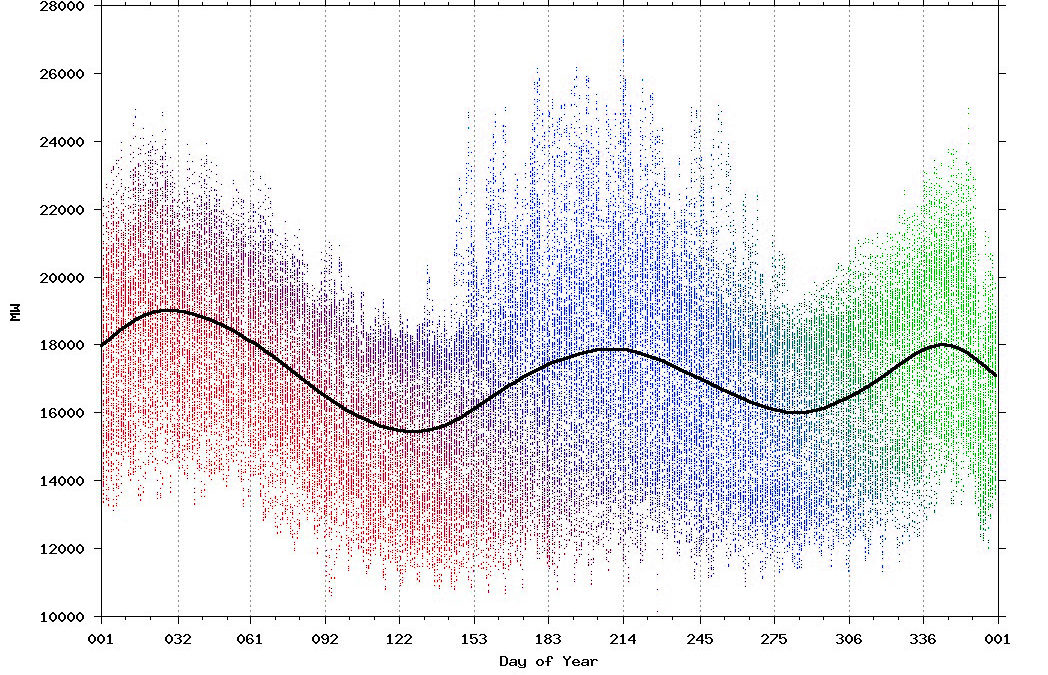
Forecasting Techniques for a more profitable business
Compares the most useful Forecasting Techniques: Exponential Smoothing, Single Exponential Smoothing, Holt’s Method and Winter’s Method. These videos explain the basic thinking under each technique as well as the math behind them, how they are used in practice and the tradeoff of each method.

TOP 3 COMMON INVENTORY POLICIES
In this Video Dr. Thomas Willemain, co–Founder and SVP Research, defines and compares the three most used inventory control policies. These policies are divided into two groups, periodic review and continuous review. There is also a fourth policy called MRP logic or forecast based inventory planning which is the subject of a separate video blog that you can see here. These videos explain each policy, how they are used in practice and the pros and cons of each approach.

Backing into Safety Stock is the Safe Play
Safety stock is a critical component in any system of inventory management. Indeed, some inventory software treats safety stock as the key decision variable in the quest to balance inventory cost against item availability. Unfortunately, that approach is not the best way to strike the balance.

Engineering to Order at Kratos Space – Making Parts Availability a Strategic Advantage
The Kratos Space group within National Security technology innovator Kratos Defense & Security Solutions, Inc., produces COTS s software and component products for space communications – Making Parts Availability a Strategic Advantage

Share, develop, and manage consensus demand plans
Ensure inventory policy matches business strategy. Various team members can create their own scenarios, perhaps dividing the work by product line or sales territory. One decision maker can then merge these scenarios into a consensus plan.

Gaming Out Your Logistical Response to the Corona Virus
This short note is about one way your business can develop a plan to adjust to one of the likely fallouts from the virus: sudden increases in the time it takes to get inventory replenishment from suppliers. Supply chains around the world are being disrupted. If this happens to you, how can you react in a systematic way?

Managing the Inventory of Promoted Items
In a previous post, I discussed one of the thornier problems demand planners sometimes face: working with product demand data characterized by what statisticians call skewness—a situation that can necessitate costly inventory investments. This sort of problematic data is found in several different scenarios. In at least one, the combination of intermittent demand and very effective sales promotions, the problem lends itself to an effective solution.

FORECAST DRIVEN INVENTORY MANAGEMENT
Forecast-based inventory management policy, also known as MRP logic, is the fourth in our series on major approaches to managing inventory. We begin by looking at some very simple and then more robust models of inventory dynamics that help us determine how much to order or manufacture and when. We then consider how to calculate lead time and account for lead time variability. Tom concludes by describing the importance of safety stock, it’s role in properly buffering against demand and supply uncertainty, and how best to calculate it.

Managing Demand Variability
Anybody doing the job knows that managing inventory can be stressful. Common stressors include: Customers with “special” requests, IT departments with other priorities, balky ERP systems running on inaccurate data, raw material shortages, suppliers with long lead times in far-away countries where production often stops for various reasons and more. This note will address one particular and ever-present source of stress: demand variability.

How do you know Min/Max policy is working well for you?
The Min/Max inventory policy is one of three available in SIO. When the inventory level drops to or below the Min, a replenishment order is generated. The reorder quantity is the number of units needed to raise the stock up to the Max.

Top 3 Most Common Inventory Control Policies
To make the right decision, you’ll need to know how demand forecasting supports inventory management, choice of which policy to use, and calculation of the inputs that drive these policies.The process of ordering replenishment stock is sufficiently expensive and cumbersome that you also want to minimize the number of purchase orders you must generate.

How to Choose a Target Service Level to Optimize Inventory
When setting a target service level, make sure to take into account factors like current service levels, replenishment lead times, cost constraints, the pain inflicted by shortages on you and your customers, and your competitive position.

If there is a recession, you should …
Continuously update your inventory control parameters: reorder points, order quantities, safety stocks, mins, maxes, lead times. Beyond that, you should be updating your inventory strategies.

Ten Tips that Avoid Data Problems in Software Implementation
Once a customer is ready to implement software for demand planning and/or inventory optimization, they need to connect the analytics software to their corporate data stream.This provides information on item demand and supplier lead times, among other things. We extract the rest of the data from the ERP system itself, which provides metadata such as each item’s location, unit cost, and product group.

Reveal Your Real Inventory Planning and Forecasting Policy by Answering These 10 Questions
In this blog, we review 10 specific questions you can ask to uncover what’s really happening with the inventory planning and demand forecasting policy at your company. We detail the typical answers provided when a forecasting/inventory planning policy doesn’t really exist, explain how to interpret these answers, and offer some clear advice on what to do about it.









